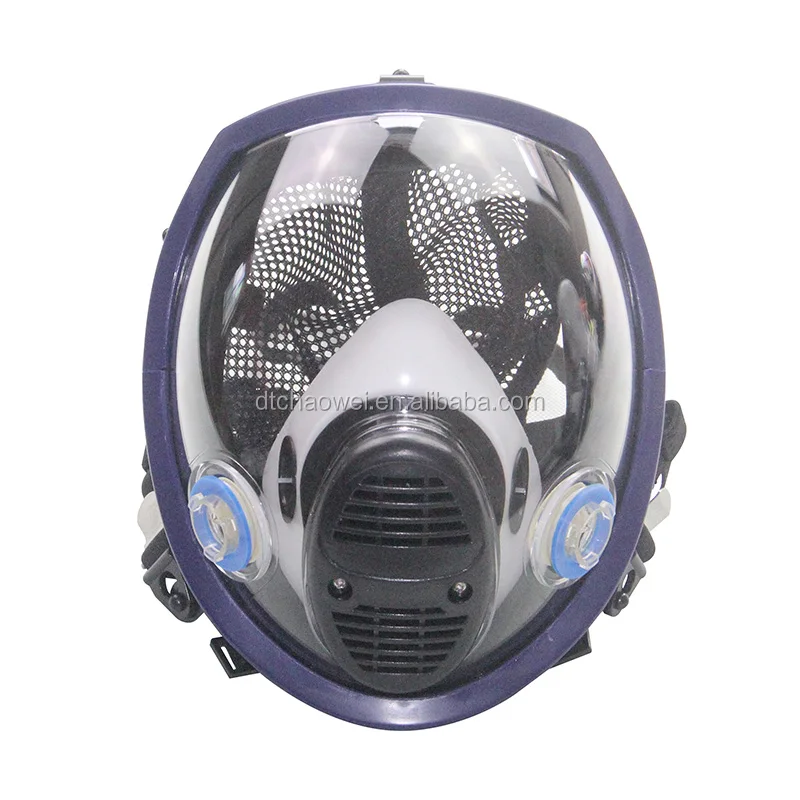

Sulfur mustard produces skin blisters and damage to the eyes and respiratory tract, and it can be lethal at sufficiently high doses. Although commonly and inaccurately referred to as mustard gas, the agent is a liquid at room temperature. First noted for its toxic properties by dye chemists in the late 1880s, sulfur mustard has been referred to by a number of synonyms: S-mustard, to distinguish it from nitrogen mustard ''Lost" or "S-Lost," from the names of two chemists who suggested it be used as a war gas (Lommel and Steinkopf) "yellow cross," for the identifying mark on WWI shells containing sulfur mustard or Yperite, after the site of its first use in 1917. Table 3-1 summarizes some characteristics of mustard agents and Lewisite. During WWI, exposed troops described the odor of this agent as a stench like mustard or garlic, hence its common name. Sulfur mustard (C 4H 8Cl 2S) is one of a class of chemical warfare agents known as vesicants because of their ability to form vesicles, or blisters, on exposed skin (see Figure 3-1). Thus, this chapter begins to address compelling questions that emerged through the course of this study regarding the appropriate use of the existing scientific and medical literature in WWII testing programs, the lack of medical follow-up of human research subjects, and the probable exposure levels experienced by these subjects.įinally, the chapter overviews the research programs since the end of WWII, including the continuing investigations concerning the mechanisms of toxicity of these agents.
#POISON GAS MASK WW1 USA FULL#
As these protocols were investigated, it became apparent to the committee that the full body of knowledge available to the wartime scientists, especially information relevant to the long-term health outcomes of exposure to these agents, was not applied in the conduct of the human experimentation. These estimates were intended to put into context the concentrations of vesicant used in animal and other types of experiments, which the committee was also charged to survey. This committee also investigated as many protocols and supporting military documents as it could obtain for use in estimating the possible exposure levels experienced by the men who participated in the mustard and Lewisite tests. The major focus of this chapter, however, is to describe the research programs and protocols relating to mustard agents and Lewisite, initiated just prior to World War II (WWII) and continued throughout the war. This is followed by a description of the organization of chemical warfare research during World War I (WWI) and the postwar period of 1919 to 1940, including the development of Lewisite and nitrogen mustard. This chapter begins with an introduction that briefly describes sulfur mustard and Lewisite and their effects, accompanied by an overview of their development.

History and Analysis of Mustard Agentand Lewisite Research Programsin the United States


 0 kommentar(er)
0 kommentar(er)
